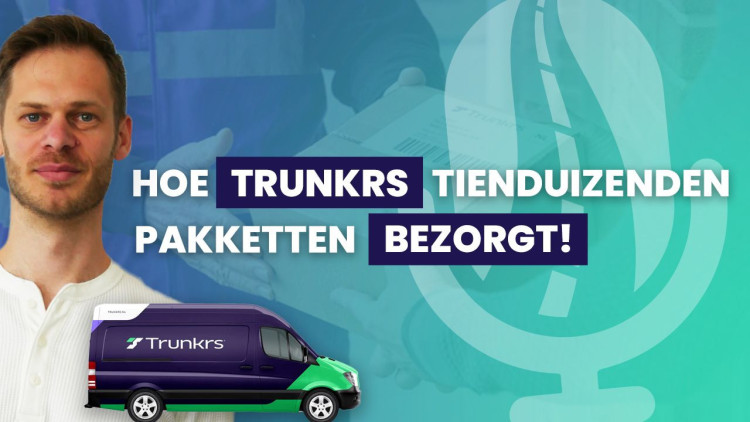The benefits of route optimisation
Change remains exciting, but without friction no shine. In this case, without optimisation no efficiency. Sticking to the above excuses wastes an awful lot of time and financial resources. This is a waste and makes the company a thief of its own wallet. Route optimisation, on the other hand, offers a simple way to increase efficiency and reduce operational costs. Modern route optimisation software uses sophisticated algorithms to calculate the most efficient routes, taking into account variables such as traffic information, delivery times and vehicle capacity.
By applying route optimisation, you can reduce fuel costs, reduce drivers' working hours and increase customer satisfaction. This leads not only to direct cost savings, but also to improved competitiveness. Companies that operate efficiently can often deliver faster and cheaper, which is a strong selling point in a competitive market. The savings can be reinvested in new technologies, improving customer service or expanding the fleet to serve more customers. Some of the savings can also be used to support sustainability initiatives, such as switching to electric vehicles or reducing CO2 emissions. This not only strengthens the company's image, but also makes it better prepared for future regulations and market developments.
Conclusion: time for change
The real cost of ‘we've been doing it this way for years’ is high, but fortunately there is a solution. By embracing route optimisation, you can reduce these hidden costs and prepare your business for further growth and success. It is time to say goodbye to outdated methods and invest in technologies that make your work easier, more efficient and more profitable. Your organisation deserves not only to keep up with the times, but to be at the forefront of the market.




